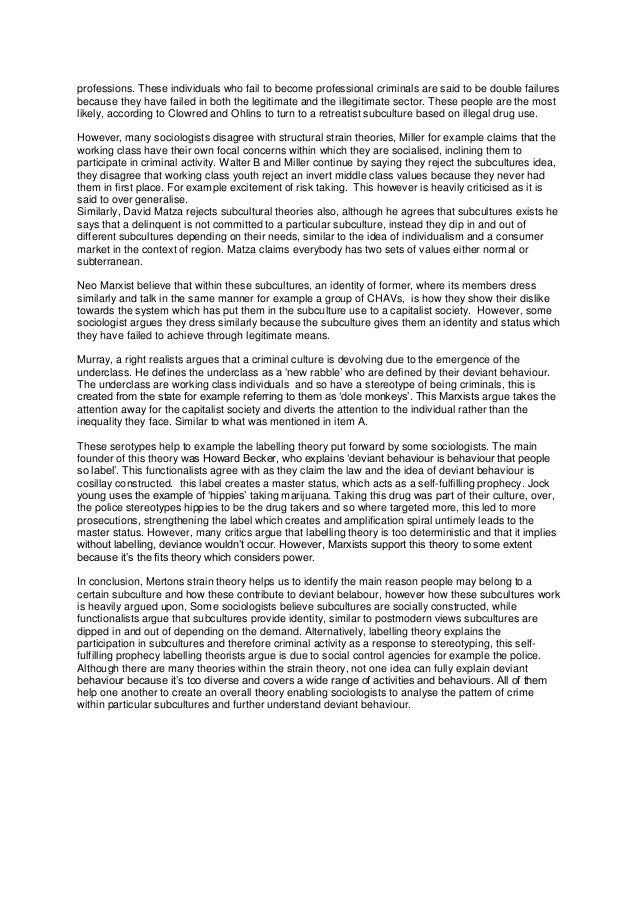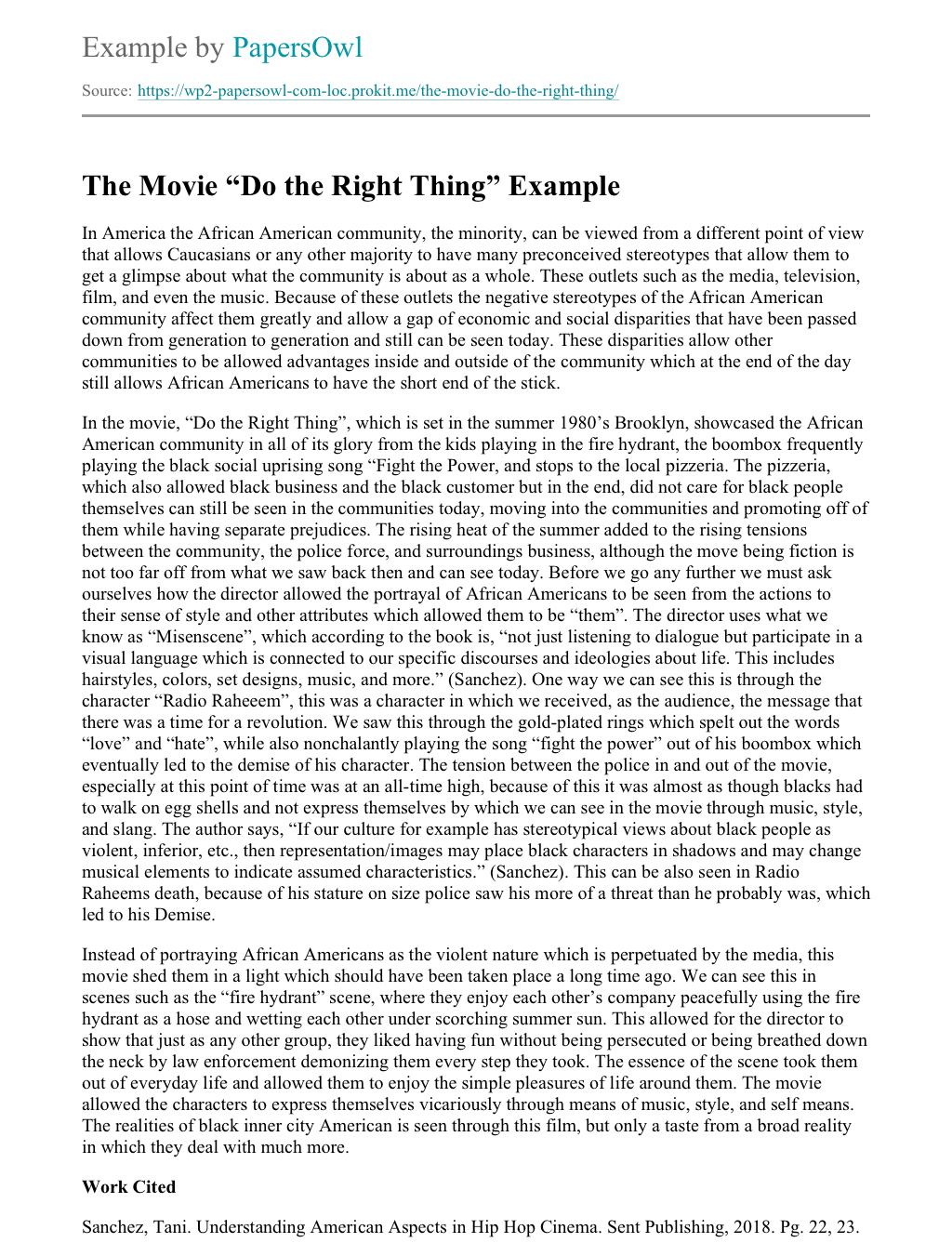
Most popular
· Three ways to do one thing at a time Use a ‘personal kanban’ Divide a whiteboard into three columns – ready to do, doing, and done – then write your tasks on sticky notes, and move them across the Doing one thing at a time is probably the most basic habit of concentration, and one of the most powerful. It is the easiest thing you can do to create a massive increase in your ability to focus. The term for working with split attention is multitasking · The article “How to Do One Thing at a Time” states that seemingly harmless multi-tasking isn’t as harmless or efficient as we’d like to believe. A study at Stanford University showed the results of multi-tasking. Two groups of students were asked to coincide chatting, writing a short essay and arranging a music play list all in 30 minutes

Three ways to do one thing at a time
Doing one thing at a time is probably the most basic habit of concentration, and one of the most powerful. It is the easiest thing you can do to create a massive increase in your ability to focus. The term for working with split attention is multitasking · But there are some practical things you can do to help yourself stay on track more often, and to finish each day with the satisfaction of knowing you got the most important things done—one individual task at a time. 1. Accept That You Can’t Multitask As promised, we’ll start with a look at that research · Do one thing at a time. And do it well. When we try to multitask, we end up killing our productivity, becoming more stressed, and ultimately less happy. But maybe worst of all, multitasking costs more than just your time. It can actually cause you to make poor financial choices. As Dr. Benartzi of the behavioral decision-making group at UCLA explains
The problem: The modern workplace makes single-tasking almost impossible
· Do one thing at a time. And do it well. When we try to multitask, we end up killing our productivity, becoming more stressed, and ultimately less happy. But maybe worst of all, multitasking costs more than just your time. It can actually cause you to make poor financial choices. As Dr. Benartzi of the behavioral decision-making group at UCLA explains · Here is another science-based reason to focus on one habit at a time: When you begin practicing a new habit it requires a lot of conscious effort to remember to · Three ways to do one thing at a time Use a ‘personal kanban’ Divide a whiteboard into three columns – ready to do, doing, and done – then write your tasks on sticky notes, and move them across the
Email sucks. My newsletter doesn't!
· Do one thing at a time. And do it well. When we try to multitask, we end up killing our productivity, becoming more stressed, and ultimately less happy. But maybe worst of all, multitasking costs more than just your time. It can actually cause you to make poor financial choices. As Dr. Benartzi of the behavioral decision-making group at UCLA explains · Here is another science-based reason to focus on one habit at a time: When you begin practicing a new habit it requires a lot of conscious effort to remember to · The article “How to Do One Thing at a Time” states that seemingly harmless multi-tasking isn’t as harmless or efficient as we’d like to believe. A study at Stanford University showed the results of multi-tasking. Two groups of students were asked to coincide chatting, writing a short essay and arranging a music play list all in 30 minutes

How to break the cycle of multitasking: Understand the true benefits of single-tasking
Doing one thing at a time will preserve your precious energy. And just like timeboxing, you can get even more intentional about shifting your energy toward what matters. For example, if I have a big interview or presentation on my calendar, I’m careful about what I schedule around it. I try to avoid meetings · Do one thing at a time. And do it well. When we try to multitask, we end up killing our productivity, becoming more stressed, and ultimately less happy. But maybe worst of all, multitasking costs more than just your time. It can actually cause you to make poor financial choices. As Dr. Benartzi of the behavioral decision-making group at UCLA explains · The article “How to Do One Thing at a Time” states that seemingly harmless multi-tasking isn’t as harmless or efficient as we’d like to believe. A study at Stanford University showed the results of multi-tasking. Two groups of students were asked to coincide chatting, writing a short essay and arranging a music play list all in 30 minutes
No comments:
Post a Comment